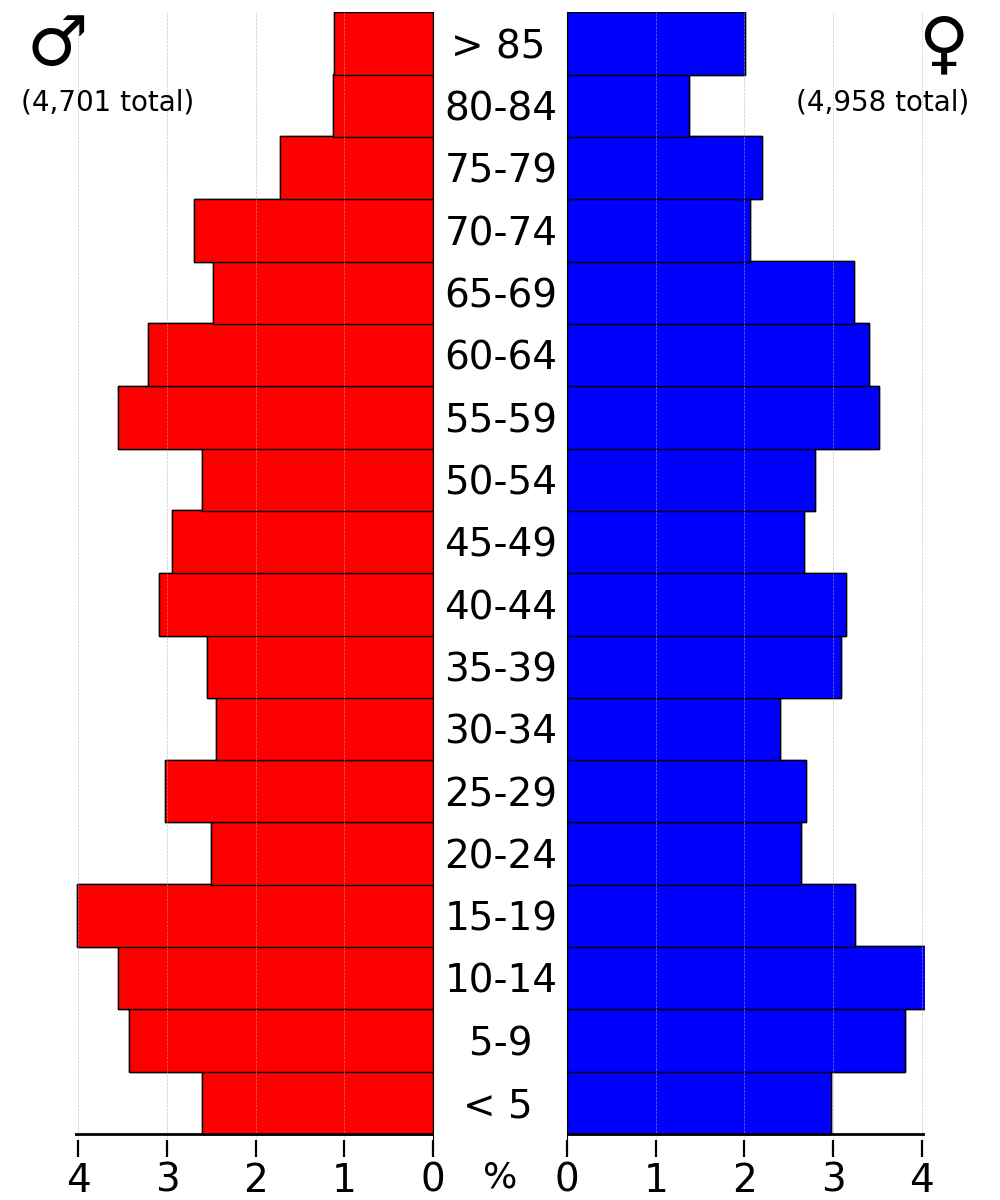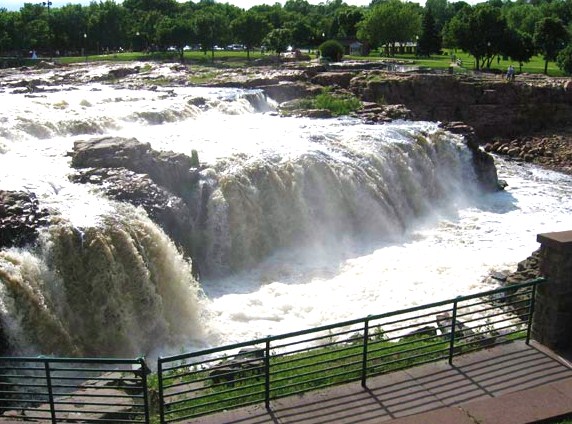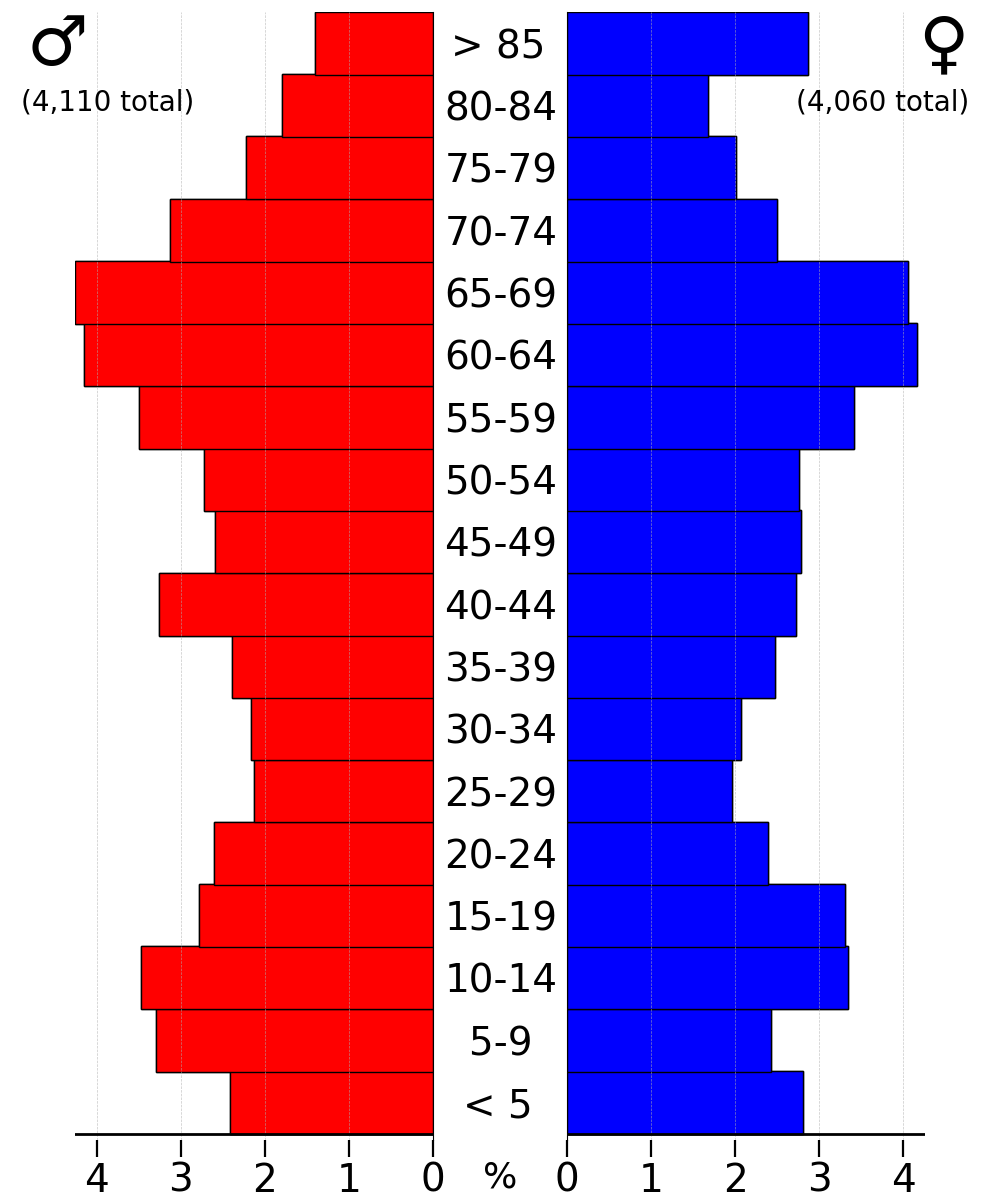|
Rock County, Minnesota
Rock County is a County (United States), county located in the southwestern corner of the U.S. state of Minnesota. According to the 2020 United States census, 2020 census, its population was 9,704. The county seat is Luverne, Minnesota, Luverne. It is located within the Sioux Falls, South Dakota metropolitan area, Sioux Falls MSA. History The county was established on May 23, 1857, by an act of the territorial legislature, although it was not organized at that time. Originally, the area was designated as ''Pipestone County'', and the name ''Rock County'' was given to what is now Pipestone County, Minnesota, Pipestone County. However, in 1862, the Minnesota state legislature changed the designations, assigning the present names to the respective counties. On March 5, 1870, the state legislature passed an act that finalized the organization of Rock County and designated Luverne as its county seat. The county derived its name from the Rock River (Big Sioux River), Rock River, which ... [...More Info...] [...Related Items...] OR: [Wikipedia] [Google] [Baidu] |
County (United States)
In the United States, a county or county equivalent is an Administrative division, administrative subdivision of a U.S. state, state or territories of the United States, territory, typically with defined geographic Border, boundaries and some level of governmental authority. The term "county" is used in 48 states, while Louisiana and Alaska have functionally equivalent subdivisions called List of parishes in Louisiana, parishes and List of boroughs and census areas in Alaska, boroughs, respectively. Counties and other local governments in the United States, local governments exist as a matter of U.S. state law, so the specific governmental powers of counties may vary widely between the states, with many providing some level of services to civil townships, Local government in the United States, municipalities, and Unincorporated area#United States, unincorporated areas. Certain municipalities are List of U.S. municipalities in multiple counties, in multiple counties. Some municip ... [...More Info...] [...Related Items...] OR: [Wikipedia] [Google] [Baidu] |
US 75
U.S. Route 75 is a north–south U.S. Highway that runs in the central United States. The highway's northern terminus is located at the Canadian border near Noyes, Minnesota, at a now-closed border crossing. From this point, the highway once continued farther north as Manitoba Highway 75. Its southern terminus is located at Interstate 345 (I-345) and Texas State Highway Spur 366 (Spur 366) in Dallas, Texas, where US 75 is known as North Central Expressway. US 75 was previously a cross-country route, from Canada to the Gulf of Mexico at Galveston, Texas, but the entire segment south of Dallas has been decommissioned in favor of I-45; a cutoff section of town-to-town surface road having become Texas State Highway 75. Route description Texas The first freeway in Texas was a several-mile stretch of US 75 (now I-45)—The Gulf Freeway—opened to Houston traffic on October 1, 1948. The stretch of US 75 between I-30 and the Oklahoma state line has exit ... [...More Info...] [...Related Items...] OR: [Wikipedia] [Google] [Baidu] |
United States Census Bureau
The United States Census Bureau, officially the Bureau of the Census, is a principal agency of the Federal statistical system, U.S. federal statistical system, responsible for producing data about the American people and American economy, economy. The U.S. Census Bureau is part of the United States Department of Commerce, U.S. Department of Commerce and its Director of the United States Census Bureau, director is appointed by the president of the United States. Currently, Ron S. Jarmin is the acting director of the U.S. Census Bureau. The Census Bureau's primary mission is conducting the United States census, U.S. census every ten years, which allocates the seats of the United States House of Representatives, U.S. House of Representatives to the U.S. state, states based on their population. The bureau's various censuses and surveys help allocate over $675 billion in federal funds every year and it assists states, local communities, and businesses in making informed decisions. T ... [...More Info...] [...Related Items...] OR: [Wikipedia] [Google] [Baidu] |
Northern Tallgrass Prairie National Wildlife Refuge
Northern Tallgrass Prairie National Wildlife Refuge was established to provide a means of working with individuals, groups, private organizations, and government entities to permanently preserve a portion of the remaining remnant tracts of northern tallgrass prairie in Minnesota and Iowa. The United States Fish and Wildlife Service is acquiring remnant prairie tracts for the refuge in both easement and fee title interests from willing sellers. Presently, the refuge is approximately in size and consists of 49 units. 41 units are protected by conservation easements totaling 2,500 acres. The 8 units owned by the US Fish Wildlife Service account for nearly 3,000 acres (2,451 acres in Minnesota and 352 acres in Iowa). Field administration of all units acquired for the refuge will occur from eight existing Fish and Wildlife Service Wetland Management District and National Wildlife Refuge The National Wildlife Refuge System (NWRS) is a system of protected areas of the United Sta ... [...More Info...] [...Related Items...] OR: [Wikipedia] [Google] [Baidu] |
Moody County, South Dakota
Moody County is a county in the U.S. state of South Dakota, United States. The population was 6,336 at the 2020 census. Its county seat is Flandreau. The county is named for Gideon C. Moody. Geography Moody County lies on the east side of South Dakota. Its east boundary line abuts the west boundary line of the state of Minnesota. The Big Sioux River flows southerly through the center of the county. Its terrain consists of rolling hills, devoted to agriculture, with lakes in the western portion. The terrain slopes to the south, with its high point near its northeast corner, at ASL, although the east and west sides also slope into the river valley through the center of the county. The county has a total area of , of which is land and (0.3%) is water. Major highways * Interstate 29 * South Dakota Highway 11 * South Dakota Highway 13 * South Dakota Highway 32 * South Dakota Highway 34 Adjacent counties * Brookings County - north * Lincoln County, Minnesota - north ... [...More Info...] [...Related Items...] OR: [Wikipedia] [Google] [Baidu] |
Minnehaha County, South Dakota
Minnehaha County is a County (United States), county on the eastern border of the U.S. state, state of South Dakota. As of the 2020 United States census, 2020 census, the population was 197,214, making it the state's List of counties in South Dakota, most populous county, and was estimated to be 208,639 in 2024. It contains over 22.56% of the state's population. Its county seat is Sioux Falls, South Dakota, Sioux Falls, South Dakota's List of cities in South Dakota, most populous city. The county was created on April 5, 1862 and organized in 1868. Its name was derived from the Sioux language, Sioux word ''Mnihaha,'' meaning "rapid water," or "waterfall" (often incorrectly translated as "laughing water"). Minnehaha County is part of the Sioux Falls Sioux Falls metropolitan area, Metropolitan Statistical Area, the state's largest. Geography Minnehaha County lies on the east side of South Dakota. Its eastern boundary abuts Minnesota as well as the northern and western boundarie ... [...More Info...] [...Related Items...] OR: [Wikipedia] [Google] [Baidu] |
Lyon County, Iowa
Lyon County is the most northwestern County (United States), county of the U.S. state of Iowa. As of the 2020 United States census, 2020 census, the population was 11,934. The county seat is Rock Rapids, Iowa, Rock Rapids. Lyon County is named in honor of Brigadier General Nathaniel Lyon, who served in the Mexican–American War and the American Civil War, Civil War. He was killed at the Battle of Wilson's Creek, Missouri, on August 10, 1861, after which the county was named for him. The county's name was originally Buncombe County, but was changed by the state legislature on September 11, 1862. History The land that makes up Lyon County was ceded to the federal government by the Sioux Native Tribe through a treaty signed on July 23, 1851. The boundaries of the county were set on January 15, 1851, and attached to Woodbury County (then called Wahkaw County) for administration purposes. Lyon County was split from Woodbury County on January 1, 1872. The first non-indigenous resid ... [...More Info...] [...Related Items...] OR: [Wikipedia] [Google] [Baidu] |
Nobles County, Minnesota
Nobles County is a County (United States), county in the U.S. state of Minnesota. As of the 2020 United States census, 2020 census, the population was 22,290. Its county seat is Worthington, Minnesota, Worthington. Nobles County comprises the Worthington, MN Micropolitan Statistical Area. History Nobles County was first occupied by the Sisseton Sioux. The first white man to set foot on the land was Joseph Nicolas Nicollet, Joseph Nicollet who came to map out the area in 1842. Nicollet named Lake Okabena (there were two Lake Okabenas at the time), Lake Ocheda, Minnesota, Lake Ocheda, Graham Lakes, Minnesota, East and West Graham Lake and the Kanaranzi Creek. The first settlement was near Graham Lakes Township, Nobles County, Minnesota, Graham Lakes in 1846. Nobles County was established May 23, 1857, and organized October 27, 1870. The county was named for William H. Nobles, a member of the Minnesota territorial legislature in 1854 and 1856. In Autumn 1856 he began the construc ... [...More Info...] [...Related Items...] OR: [Wikipedia] [Google] [Baidu] |
Murray County, Minnesota
Murray County is a county in the U.S. state of Minnesota. The population was 8,179 at the 2020 census. Its county seat is Slayton. History In 1853 the Minnesota Territory legislature created Blue Earth County from unorganized Dakota Territory lands. In 1855 the legislature partitioned a portion of western Blue Earth to create Brown County. Then on May 23, 1857, a portion of Brown was partitioned off to create Murray County, although it was not organized at that time. On June 17, 1872, the county government was effected, with Currie, which had been founded that same year, as county seat. The county was named for William Pitt Murray (1825-1910), a prominent civic and political figure in Minnesota during its nascent era. Also in 1872 the township of Center was platted (so named for its central position in the county). This settlement grew rapidly, and its residents soon began agitating to have the county seat moved there. In 1882 the town was renamed as Slayton, and a county ... [...More Info...] [...Related Items...] OR: [Wikipedia] [Google] [Baidu] |
Minnesota State Highway 270
Minnesota State Highway 270 (MN 270) is a state highway in the southwest corner of Minnesota, which runs from its intersection with County State-Aid Highway 13 (CSAH 13) in the city of Hills, and continues east to its eastern terminus at its intersection with U.S. Highway 75 (US 75) in Clinton Township, south of Luverne. Route description MN 270 serves as a short east–west connector route in southwest Minnesota between Hills and US 75. Its route follows 1st Street in Hills. The western terminus of Highway 270 at Hills is located approximately from the South Dakota state line and from the Iowa Iowa ( ) is a U.S. state, state in the upper Midwestern United States, Midwestern region of the United States. It borders the Mississippi River to the east and the Missouri River and Big Sioux River to the west; Wisconsin to the northeast, Ill ... state line. The highway is legally defined as Route 270 in the Minnesota Statutes. History ... [...More Info...] [...Related Items...] OR: [Wikipedia] [Google] [Baidu] |
Minnesota State Highway 269
Minnesota State Highway 269 (MN 269) is a short highway in southwest Minnesota, which runs from South Dakota Highway 11 (SD 11) at the South Dakota state line to an intersection with State Highway 23 (MN 23) in the city of Jasper. Route description Highway 269 begins at the South Dakota state line as a continuation of SD 11. It runs in rural southwest Minnesota along the Rock– Pipestone county line for most of its length. The highway juts slightly north into Pipestone County after entering the city of Jasper. It ends at an intersection with MN 23, known as Railroad Avenue, in the southern part of Jasper. Highway 269 follows West Wall Street in Jasper, and is also known as 1st Street within Pipestone County. The route is legally defined as Route 269 in the Minnesota Statutes. No part of the highway is included in the National Highway System, a system of highways important to the nation's defense, economy, and mobility. History Highway 269 was authorized on July 1, 194 ... [...More Info...] [...Related Items...] OR: [Wikipedia] [Google] [Baidu] |




